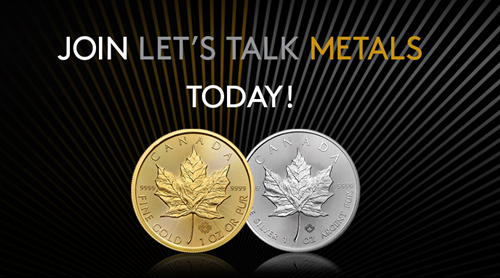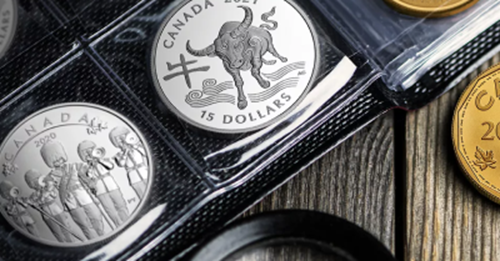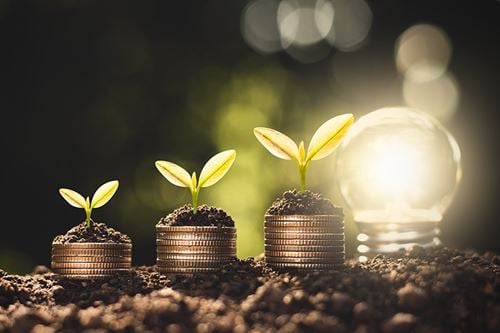What Makes it Precious: Gold
- Apr 16, 2023
- Learn
- 6 minute read
It’s the metal that has captivated humanity since ancient times: gold. For millennia, it has been part of our histories, our cultural expressions and our traditions. Cherished and alluring, gold has been used not just in jewellery and adornment but in the most daring, cutting-edge scientific advancements. And it remains an enduring symbol of wealth, prosperity and luxury.
If you’re looking to embark on your own loveGOLD journey and start investing in gold bullion, keep reading to learn more about what makes it such a precious metal.
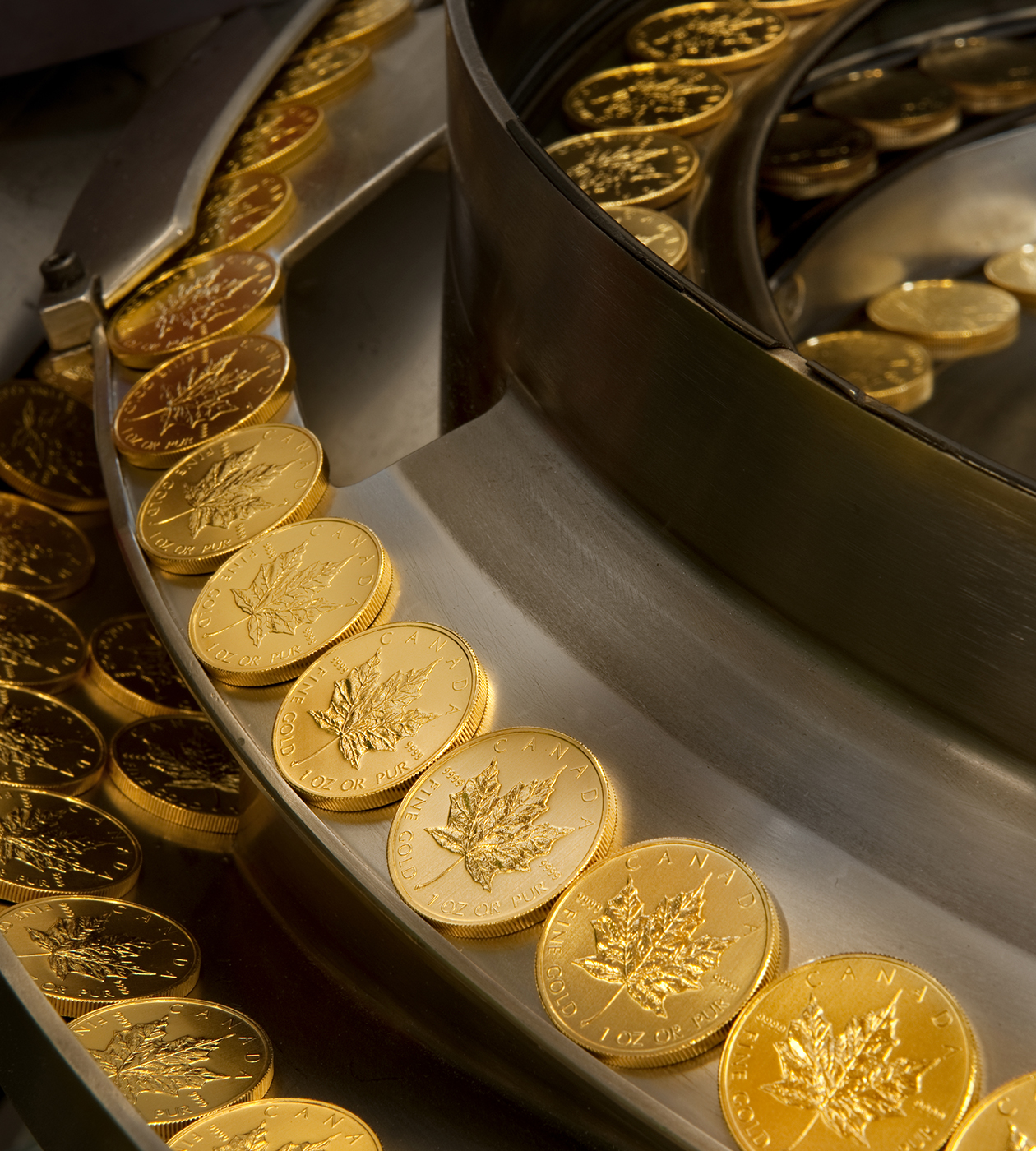

It’s the metal that has captivated humanity since ancient times: gold. For millennia, it has been part of our histories, our cultural expressions and our traditions. Cherished and alluring, gold has been used not just in jewellery and adornment but in the most daring, cutting-edge scientific advancements. And it remains an enduring symbol of wealth, prosperity and luxury.
If you’re looking to embark on your own loveGOLD journey and start investing in gold bullion, keep reading to learn more about what makes it such a precious metal.
The History of Gold
Gold has been prized by civilizations worldwide for its beauty, rarity and malleability since its discovery some 5,000 years ago. Throughout the history of humankind, it has been associated with cosmic mystery and divine beauty — often signifying the sacred in the world’s most cherished art and artifacts. From Ancient Egypt to the Aztecs, and in early Christianity, Hinduism, Buddhism and Islam, gold has adorned statues and religious sites, and was often used during ceremonies to inspire a sense of awe.
Due to its symbolic significance and physical durability (including corrosion and tarnish resistance), gold became a staple in trade and was eventually adopted as currency. Some of the earliest known examples of minted coins date back to the Kingdom of Lydia in present-day Turkey, around 560 BCE. Made from electrum (a naturally occurring alloy of gold and silver), the “Lydian stater” was the first coin officially issued by a government. Irregular in shape and size, the coins weighed up to half an ounce and were, due to their great value, likely reserved for significant transactions.
These earliest gold coins revolutionized the way trade was conducted — and quickly spread to other civilizations. As they became more prevalent, their weight and purity became increasingly standardized. This ensured people could trust the value of the coins and use them interchangeably across regions. Gold’s use as a medium of exchange continued through the Middle Ages and into modern times, with many nations minting gold coins for use as currency.
More recently, gold played a significant role in one of the landmark innovations of the 20th century: it helped wire the internet. Due to its superior conductivity, gold brings stability and resiliency to the fibre optic cables that connect billions of people around the world.

Why Gold Still Matters Today
While nearly half of the global demand for gold is for jewellery, it also has many potential applications in research and technology. Thanks to gold’s incredible reflective qualities, malleability and biocompatibility, researchers are consistently discovering innovative new ways to use this precious metal, including:
- Electronics: Non-corrosive and an excellent conductor of electricity, gold is an ideal material for electronic components such as connectors, switches and wiring. Even our smartphones contain traces of this precious metal.
- Aerospace: Gold’s ability to reflect infrared radiation makes it perfect for the satellites and spacecrafts that are extending our reach into the depths of space. The primary mirror of the James Webb Space Telescope, for example, features 18 smaller hexagon-shaped mirrors plated with an incredibly thin layer of gold, optimizing the mirrors’ reflective capabilities.
- Renewable energy: Gold is an essential component of solar panels and fuel cells. It’s also a valuable material for innovative research in areas such as artificial photosynthesis that can drive clean energy production.
- Medicine: Gold has been used in medical treatments for centuries. Among its many uses, gold was the material of choice for dental fillings due to its biocompatibility. Today, it plays a role in chemotherapy, the treatment of certain types of arthritis and the delivery of vaccines.
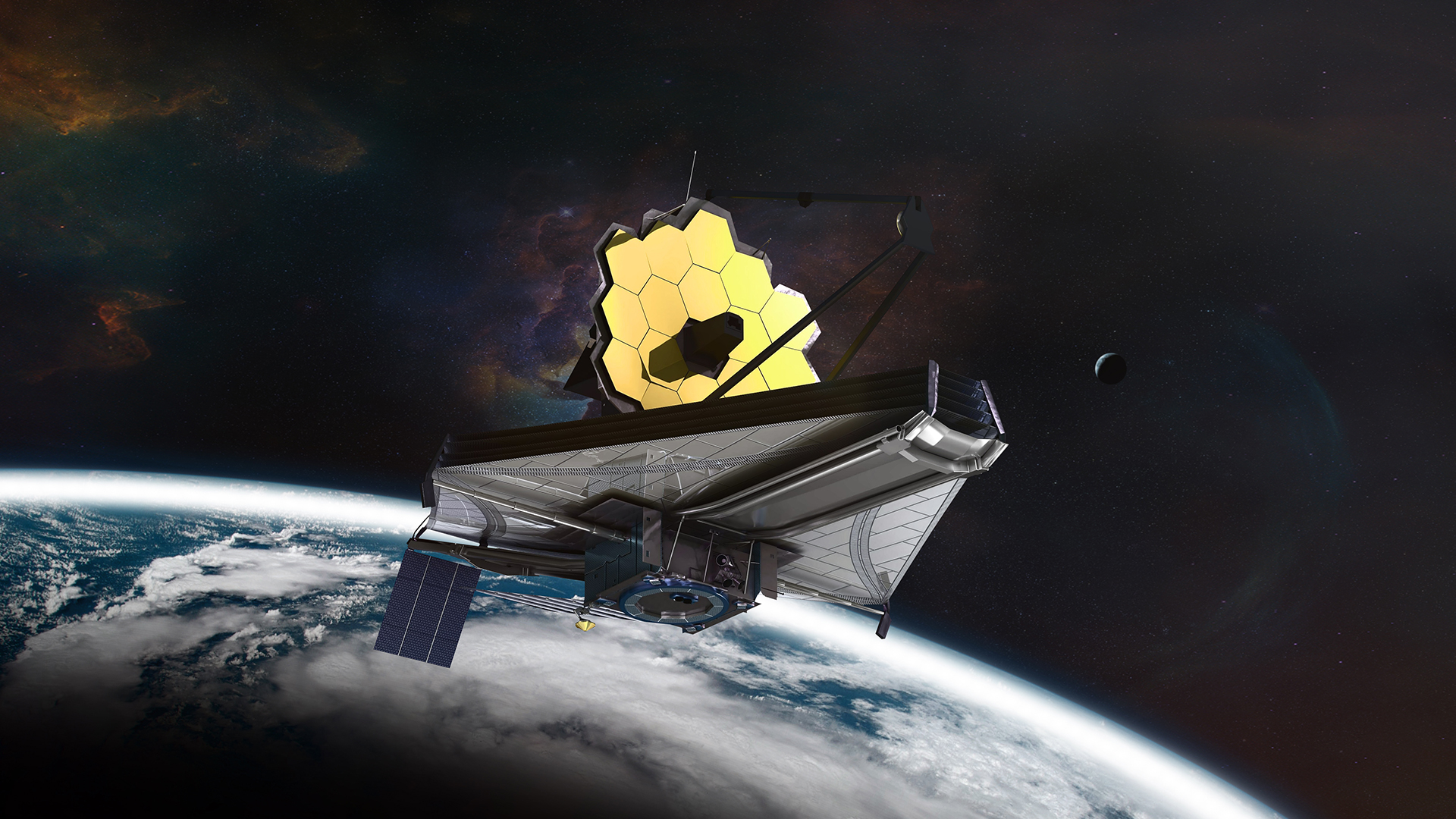
Why People Invest in Gold
Gold has been sought after and traded throughout history, contributing to the growth of economies as well as the rise and fall of empires. A historically stable investment due to its high demand and many uses, people have turned to gold as a safe haven in times of financial turmoil as well as when economies are thriving.
Gold bullion — usually in the form of coins or bars — has traditionally been held in government vaults to back modern currencies. Today, gold continues to be a highly liquid asset, easily sold on the global market. Over the past half-century, gold has provided investors consistently positive returns: its average price (in U.S. dollars) has increased by nearly 8% per year since 1971, according to the World Gold Council.
As a trusted commodity, gold has historically played an important role in investors’ diversified portfolios as it is less affected by currency fluctuations, inflation and economic uncertainty. For example, during the Great Recession of 2007 to 2009, the value of gold increased by 21% (in U.S. dollars) while hedge funds, equities and real estate suffered significant drops in value. Time and again, gold has maintained its appeal across the ages.
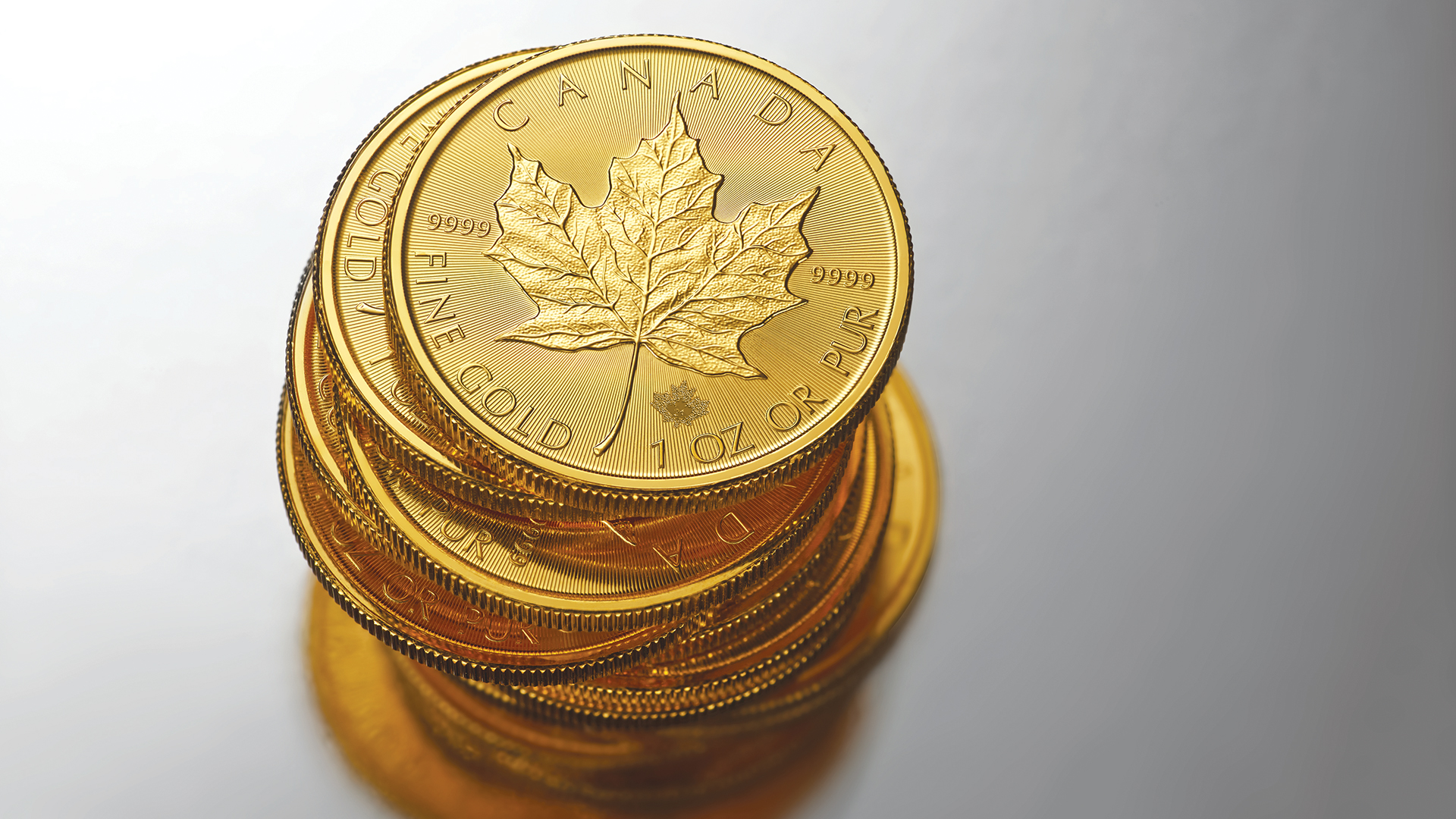
Why the Royal Canadian Mint is one of Your Best Sources for Gold Bullion
The Mint takes pride in its security features to prevent counterfeiting and protect the value of your investment. Our manufacturing processes include security marks micro-engraved with laser technology that are visible only under magnification, as well as radial lines on a coin’s surface that are precision machined to within microns to create light-diffracting patterns unique to each coin. Plus, BULLION DNA™ authentication technology offers investors peace of mind knowing they’re buying genuine bullion products.
We partner with banks, bullion traders and investment houses in Canada and internationally. Listed on the London Bullion Market Association’s gold Good Delivery List, our gold bars are accepted on all of the major precious metal exchanges (New York, London, Tokyo, Shanghai, Dubai). Our bullion coins are also recognized and accepted all around the world, with our Gold Maple Leaf being one of the top-selling gold bullion coins globally every year since its launch in 1979. It and all of our other gold coins, including the world’s first 99.999% pure gold bullion investment coin, come from our refinery. Operating since 1911, today it is recognized as one of the most technically advanced refineries in the world!
Precious metal buyers are increasingly concerned about how their gold is mined and where it comes from. To be responsible and transparent, we adhere to international standards when sourcing materials, manufacturing our products and choosing our business partners. In 2022, we introduced our first-ever single-source-mine pure gold coin — the product of a segregated refinement process that maintains chain of custody of the gold throughout its refining journey, from mine to mint to investor.
Ready to start your loveGOLD journey?
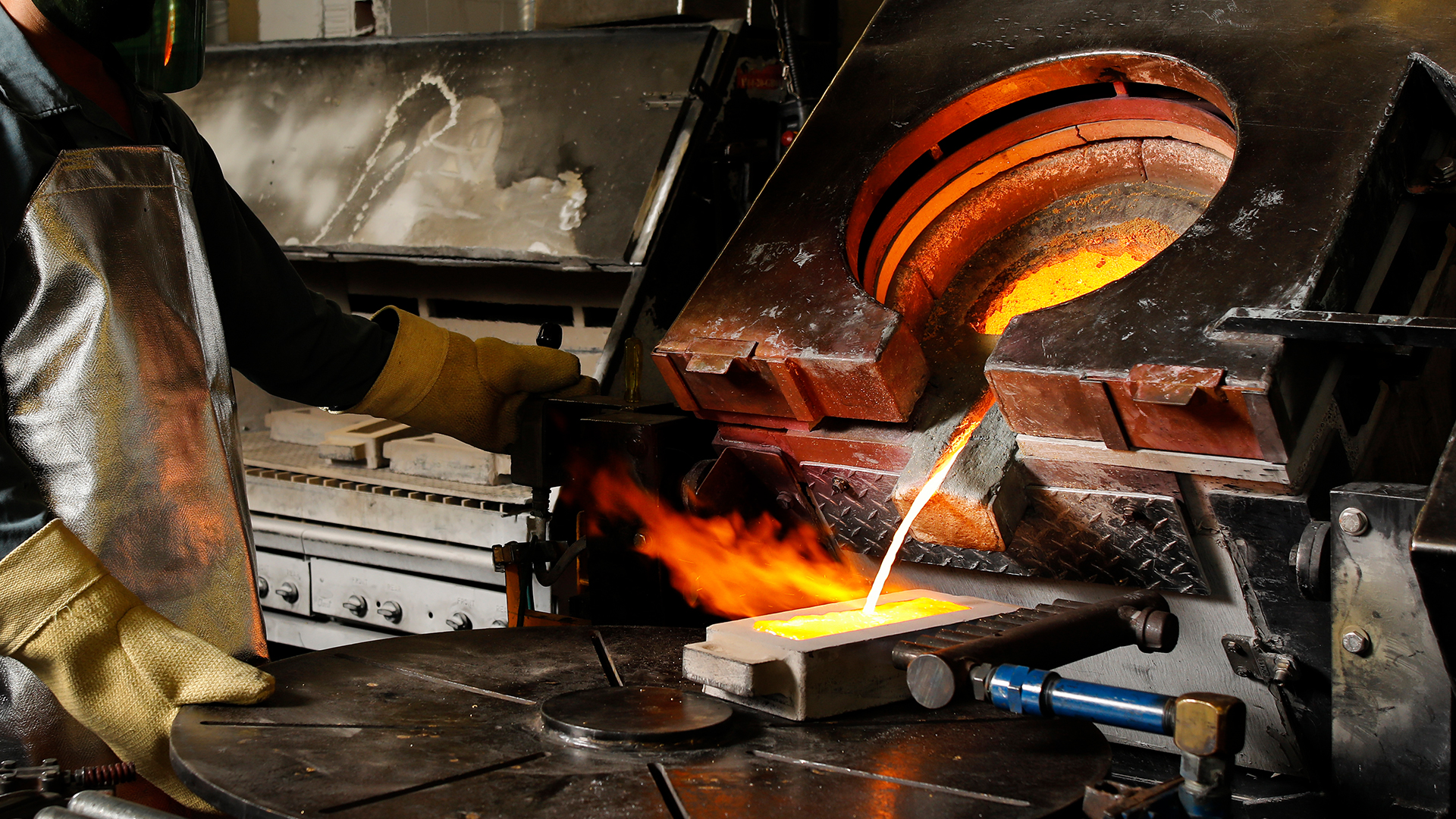
© 2023 Royal Canadian Mint. All rights reserved. The information provided on mint.ca (the “Website”) is intended for informational purposes only and is not intended to constitute investment, financial, legal, tax or accounting advice, and you should not rely on the information in this section of the Website for such advice. Prospective investors in precious metals should directly consult their financial professional or other advisors before acting on any information on this Website. Precious metal investment may not be suitable for persons unfamiliar with precious metal markets, or unwilling or unable to bear the risk attendant to an investment of this type. Prospective investors should consider carefully before reaching a decision to invest in precious metals.
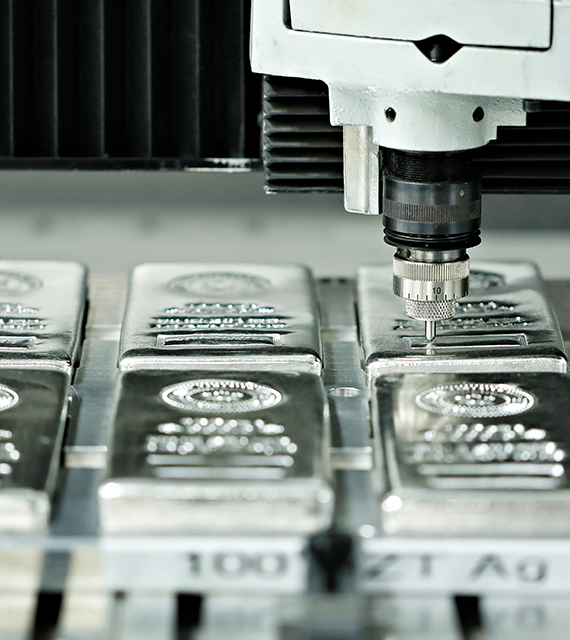

What Makes it Precious: Silver
What Makes it Precious: Silver
The most versatile of all precious metals: silver. Through its unique combination of beauty, industrial utility and antibacterial properties, it has been one of the most coveted and sought-after elements for millennia. Much like gold, silver has been used as both a store of wealth and a form of currency — but has much broader industrial applications. Keep reading to learn more about what makes it such a precious metal.
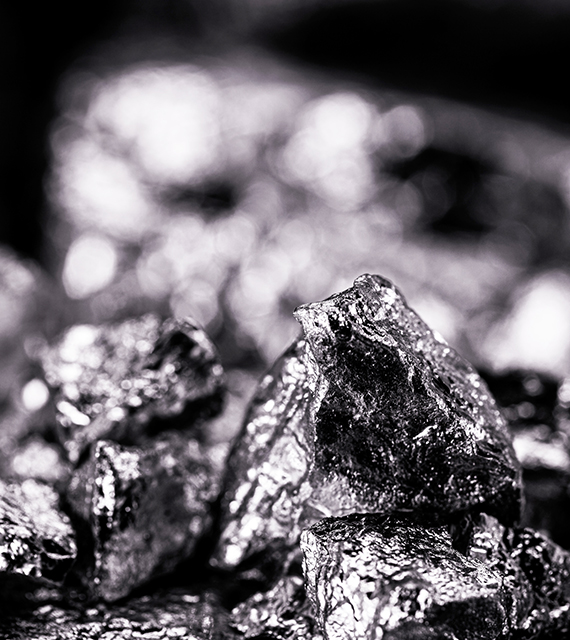

What Makes it Precious: Platinum
What Makes it Precious: Platinum
It’s one of the rarest of all precious metals: platinum. It is considered one of the most precious and exclusive metals, valued for its beauty and rarity: it’s 30 times rarer than gold! And with a melting point of 1,768 degrees Celsius, platinum is also much more durable than gold or silver, and highly resistant to tarnishing, corrosion and wear — making it a highly sought-after metal for jewellery, electronics, and industrial and medical applications. Keep reading to learn more about what makes it such a precious metal.

